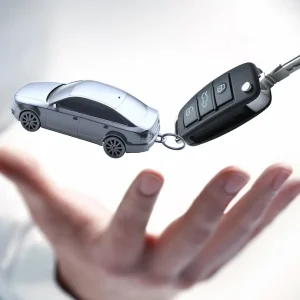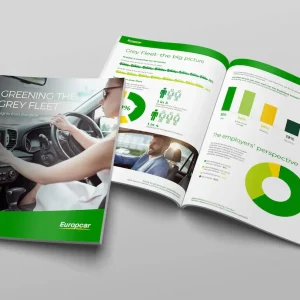The widespread use of apps has seen them permeate every aspect of daily life, but Jamie Ellwood questions whether they are suitable for a fleet’s vehicle tracking needs
In today’s tough economic climate, companies are looking at ways of making savings without impacting on customer service, and therefore are increasingly monitoring their vehicle fleets to ensure that resources are being used in a cost-effective way.
There have been some impressive advances in global positioning system technology over the past decade that has made items such as satellite navigation systems easily affordable and pretty much standard issue in most cars. In simple terms, GPS works by using satellites that orbit the earth and transmit signals to receivers to identify exact locations. This technology has also enabled manufacturers to produce ever more sophisticated tracking software – from apps for personal use through to full tracking systems suitable for large fleets of vehicles.
The app solution
The popularity of apps has expanded at a phenomenal rate and there are now numerous good tracking ones available. The major advantage of using these is the cost – they are cheap to buy and to operate, but the crux is whether they have the flexibility and capacity necessary for the business market.
Firstly, an app often has to be initiated every time the mobile device is turned on, meaning that the user has to remember to do so every time they want to record their journey. However, a dedicated tracking device can be placed into the vehicle and forgotten about. It has a sole purpose and will do its job without any human input, while a mobile tracking app must reside on a phone, which has several additional functions. Using a such an app will almost certainly save money initially, but a dedicated tracking device will provide long-term flexibility and reliability. Furthermore, as a multi-functional device, a phone uses battery power for a number of different applications, and workers who are travelling short distances to appointments or jobs may also lack the opportunity to recharge their battery. By contrast, a dedicated tracking device is specifically designed for battery efficiency and lasts much longer.
The next issue is choosing the right device from the wide range of products on the market. Fortunately, most trackers are simple to use and can track multiple vehicles, but there are some functions that are highly desirable for the business user. Ideally, a system should enable you to:
. view the current position of any vehicle in your fleet
. view the positions of all vehicles on a map
. view a history of where each vehicle has been
. set alerts when a vehicle goes in or out of a pre-set area.
Most trackers work by allowing the user to log on to the company website and request a position.
The website communicates with the tracker via the mobile phone network and instantly sends back its location, which can be viewed
live on a map. Many systems will also store past locations in a database, providing historical data that can be useful for planning and comparison.
Possibly the greatest advantage that trackers have over apps is the fact that they can be used for a greater number of vehicles, making them ideal for monitoring a fleet of company cars or delivery vans.
Since the device is fitted in the vehicle, it tracks the exact location, while an app merely tracks the location of the user’s phone and therefore can only monitor one person at a time.
Of course, an app is very simple to set up:?it takes a matter of moments to download it to a mobile phone. However, many trackers are also simple to install: they can be hard-wired into a
vehicle’s electronics or the cigarette lighter, or mounted under the dashboard, in the boot, in the glove box or any other discreet location. Considering the amount of technology involved, most trackers are remarkably compact and portable, and easily moved from vehicle to vehicle.
In the zone
Many trackers also have the facility of setting up zones, which means that if a vehicle leaves or enters one of those zones, an alert is sent by SMS and/or email. You may also be able to set up zone-monitoring times, so that you are only alerted if your vehicle moves during the night. They can be programmed to send locations for a set interval – e.g. every hour for 24 hours – providing a clearer picture of movement.
Apps certainly demonstrate how far technical advancements have come, offering a useful service at a low cost. However, this option is ultimately more suited to personal use, while a tracking device offers superior functionality and flexibility. So, although the initial outlay may be more, choosing the best tool for the job will inevitably yield better results.
. Jamie Ellwood is MD of automotive and logistics software development firm Bubble Tracker





